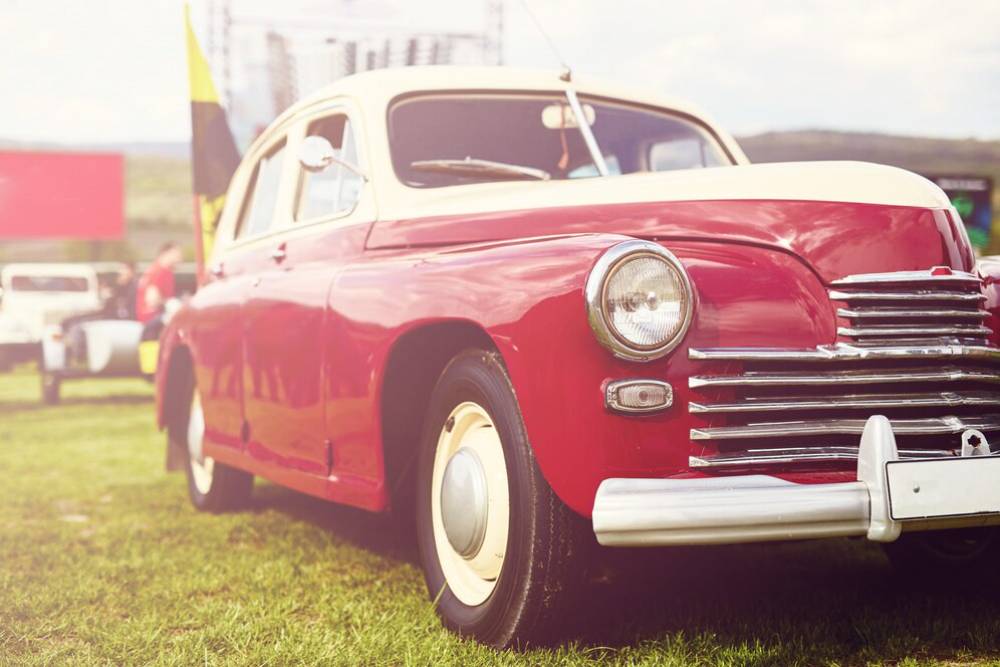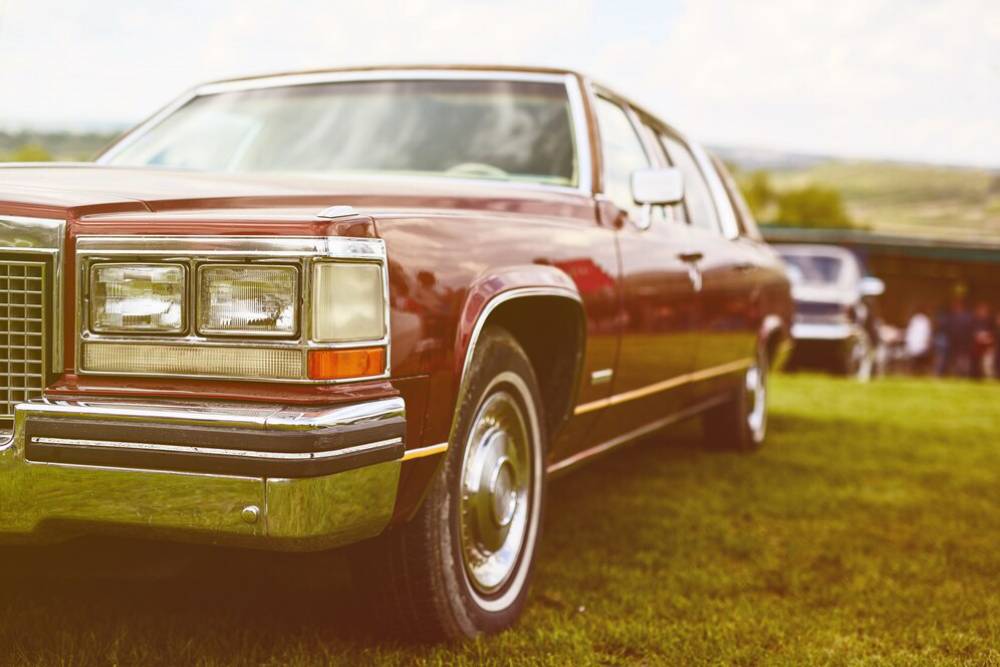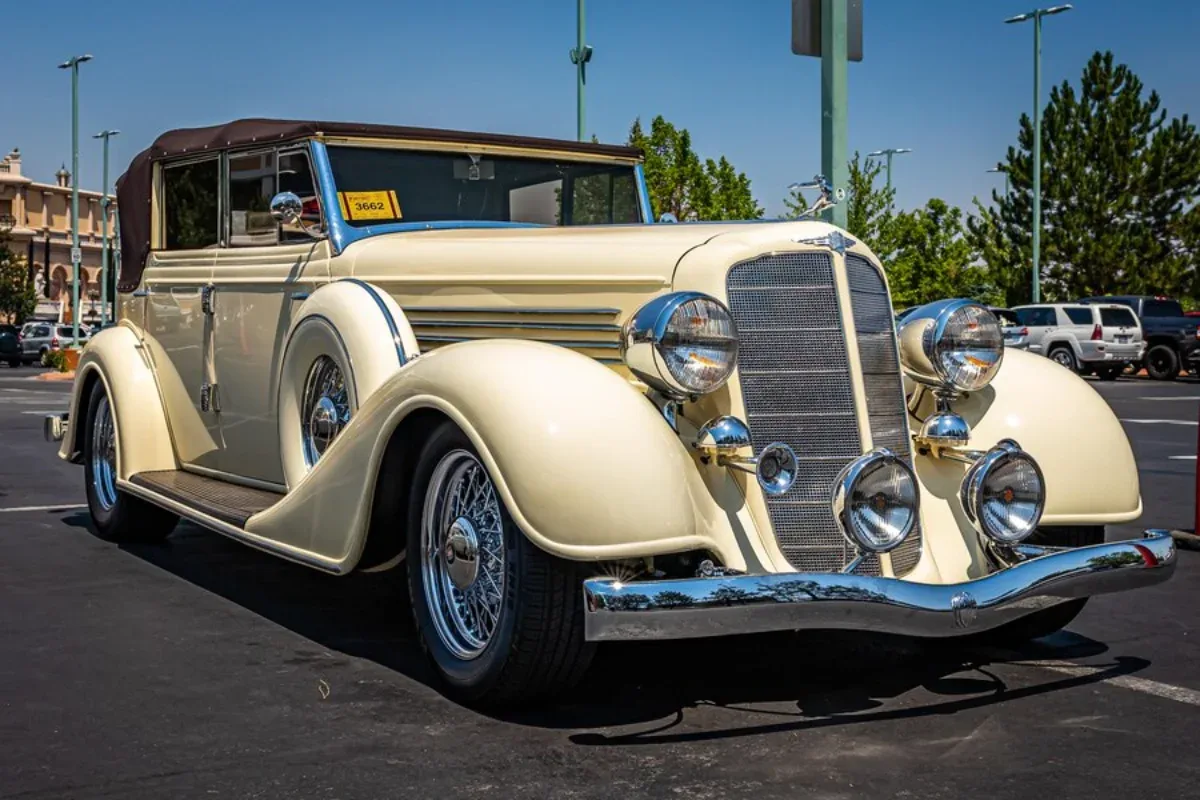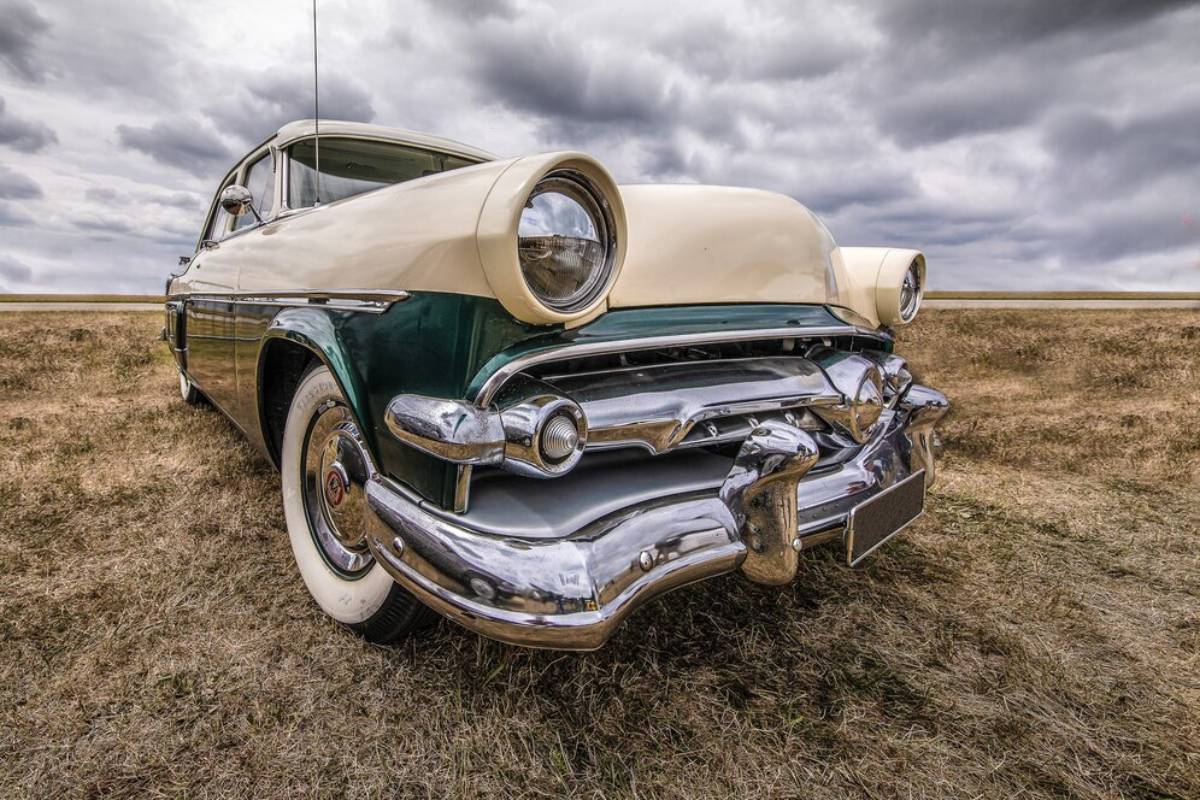
How to Import and Register a Classic Car from Overseas
As a car enthusiast, I know that few things are as thrilling as importing a classic car from abroad. However, planning is everything if you’re after a rare model, a well-kept ride, or a reasonable price. So this guide will explain what happens when you want to import and register a vintage car in the UK. You’ll get the best countries to buy from, pitfalls to avoid, and how to do it smoothly.
Pro Tip:
Importing a classic car takes careful planning, but the rewards are worth it. Research your car, budget for all costs, and ensure proper documentation for a smooth process.
Quick Guide:
- Choose Your Car & Country – Research models, conditions, and reliable sourcing locations
- Understand UK Import Rules – Classic cars over 30 years old qualify for reduced import duty and VAT
- Arrange Shipping & Insurance – Decide between container shipping (safe but costly) or RO-RO (cheaper but riskier).
- Handle Customs & Registration – Secure a NOVA reference, pay import taxes, and apply for a UK V5C registration.
- Plan for Storage & Maintenance – Classic cars need proper upkeep, so consider secure storage and regular servicing.
Important Tip:
Join classic car clubs and forums for expert advice on importing, maintaining, and registering your vintage vehicle.
Key Benefits of Importing Classic Cars

1. Investment Potential
Classic cars can increase in value over time. They can be a wise investment compared to modern cars, which lose value. A well-kept classic can yield good returns.
2. Unique Design and Engineering
Vintage cars feature craftsmanship and designs often missing in today’s vehicles. Owning a piece of automotive history is a great reason to import a classic car.
3. Access to Rare Models
Some classic cars are rare or only made in certain countries. Importing allows you to explore more options, helping you find the perfect vehicle.
4. Superior Condition and Pricing
Classic cars in some countries may be better maintained and cheaper than local options. The United States, Japan, and Germany have well-kept vintage vehicles at good prices.
Step-by-Step Guide to Importing a Classic Car

Step 1: Research and Choose the Right Car
Before buying, think about:
- Make, Model, and Year: Choose the classic car that meets your needs.
- Condition: Decide if you want a fully restored car, a project, or something.
- Parts Availability: Check if replacement parts are easy to find.
- Maintenance Costs: Some classic cars can be costly to maintain.
Step 2: Identify the Best Countries for Buying Classic Cars
Consider these countries for sourcing classic cars:
- United States: Offers a wide range of American muscle cars and vintage trucks.
- Germany & Italy: Great for high-performance brands like Porsche and Ferrari.
- Japan: Known for well-kept, low-mileage vehicles and unique imports.
- France & UK: Home to classics like Citroën, Jaguar, and Aston Martin.
Step 3: Understand UK Import Regulations and Costs
Before buying, know the UK regulations:
- Age Requirements: Cars over 30 have reduced import duties and VAT.
- Exemptions: Cars older than 40 may skip MOT testing but must be roadworthy.
- Required Documents: Collect necessary paperwork, such as the bill of sale, title, and export declaration.
Import Cost Breakdown:
- Shipping Fees: Varies by distance and method.
- Import Duty: 5% for cars over 30 years old.
- VAT: 5% on eligible classic vehicles.
- Customs & Inspection: Additional fees may apply.
Step 4: Purchase and Arrange Shipping
- Negotiate the Purchase: Finalize the sale and ask the seller for proper documents.
- Choose a Reliable Shipping Method:
- Container Shipping: Safer for high-value cars.
- Roll-on/Roll-off (RO-RO): Cheaper but offers less protection.
- Secure Insurance: Insure your classic car for transport.
Step 5: Customs Clearance and Import Duty
After the car arrives in the UK:
- It must clear customs before you can drive it.
- Pay any import duty and VAT.
- Provide documents like:
- Bill of sale
- Proof of ownership
- Shipping and customs papers
Step 6: How to Register Vintage Imports in the UK
To register your imported classic car:
- Obtain a NOVA reference number from HMRC.
- Apply for a V5C registration certificate from the DVLA, including:
- Vehicle details (make, model, year)
- Proof of ownership and import documents
- Possible vehicle inspection for verification
- Once approved, you will get a UK registration number, making the car road-legal.
Additional Expert Tips & Common Mistakes to Avoid
Expert Tips:
- Get a Pre-Purchase Inspection: Hire a professional to check the vehicle’s condition before buying.
- Arrange Insurance & Secure Storage: Set up classic car insurance before the car arrives and ensure safe storage.
- Join Classic Car Clubs: Networking can provide valuable tips and advice on restoration and importing.
Common Mistakes to Avoid:
- Neglecting Proper Documentation: Missing paperwork can delay customs clearance and registration.
- Underestimating Import Costs: Budget for all possible expenses, including transport, taxes, and modifications.
- Choosing the Wrong Shipping Method: Container shipping is safer for high-value cars, while RO-RO may lack protection.
Advanced Insights: Expert Recommendations for Classic Car Importation
Attend International Classic Car Auctions
Some of the best deals are at prestigious auctions, such as:
- RM Sotheby’s Auctions (USA & Europe)
- Bonhams Classic Car Auctions (UK & International)
- Gooding & Company Auctions (USA)
Explore Specialist Shipping and Import Services
Consider hiring companies that specialise in classic car imports. They can manage shipping, customs clearance, and registration. Examples include Ship My Car and Cars Europe.
Consider Long-Term Storage and Maintenance
For collectors, climate-controlled storage protects classic cars from moisture and temperature changes. If you plan to drive the car regularly, schedule routine maintenance to keep it running well.
Bringing Home Your Dream Classic Car

So, importing a classic car from abroad can be fulfilling! With some planning and a focus on the details, you will get through the process. The thrill of owning a classic car is second to none, whether you’re a seasoned collector or a first-time buyer. Begin your classic car dream now!
FAQs
What are the best classic cars to import?
Popular choices include American muscle cars (Ford Mustang, Chevrolet Camaro), European luxury cars (Mercedes-Benz SL, Jaguar E-Type), and Japanese classics (Toyota Supra, Nissan Skyline).
How long does the import process take?
The process can take 4-12 weeks, depending on shipping, customs clearance, and registration time.
Do I need an MOT for an imported classic car?
Vehicles over 40 may be exempt from MOT testing but must still be roadworthy.
Can I drive my classic car immediately after import?
No, it must be clear customs and registered with the DVLA before driving legally.
Is classic car insurance different from standard insurance?
Classic car insurance is tailored for vintage vehicles, often with agreed-value coverage and lower premiums for limited mileage use.


